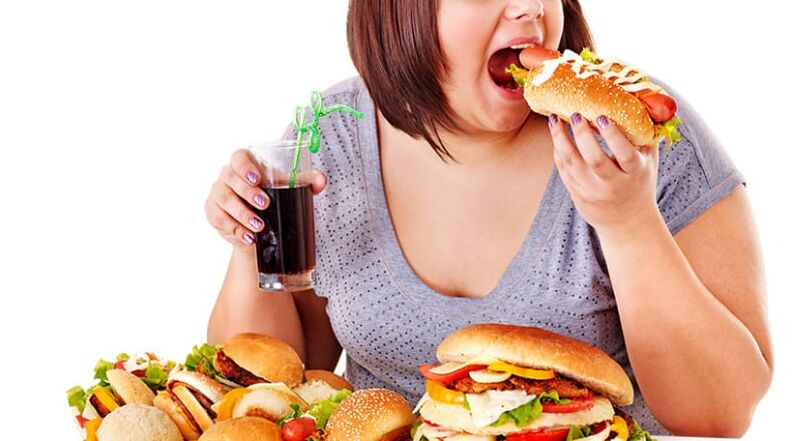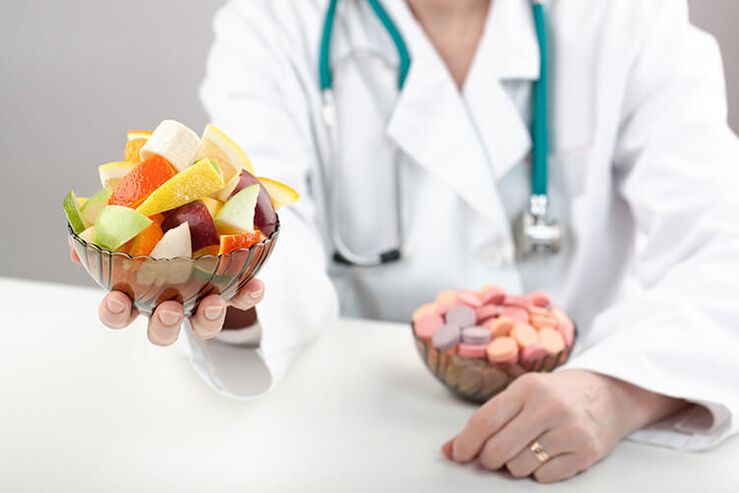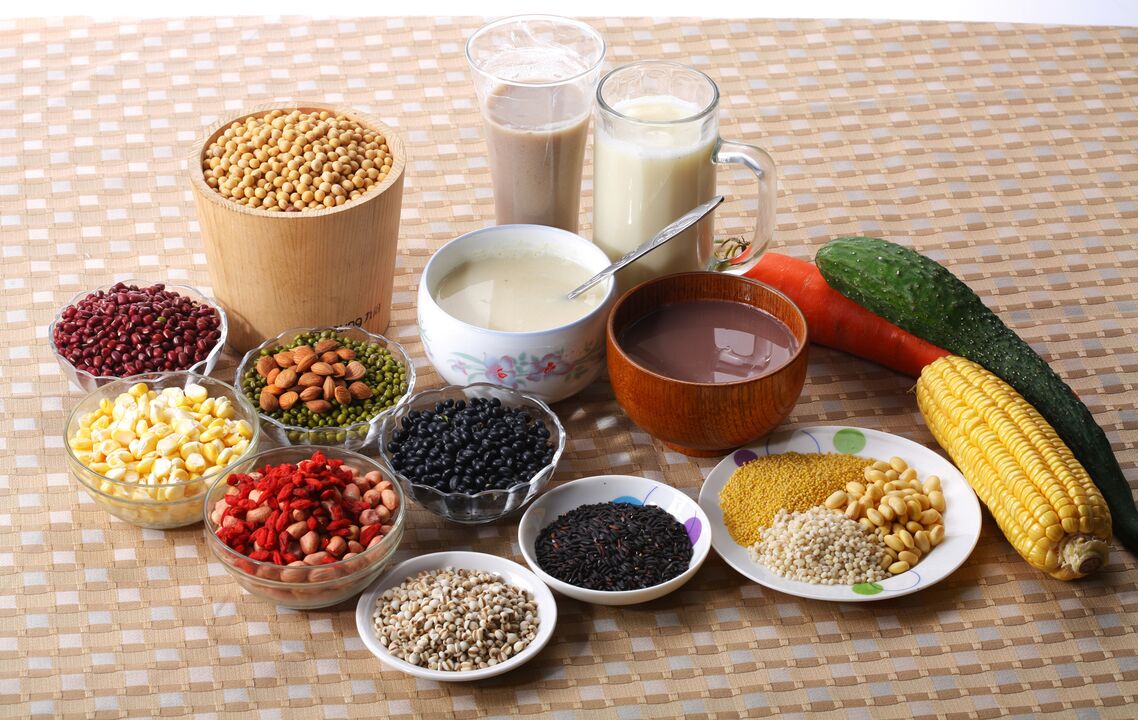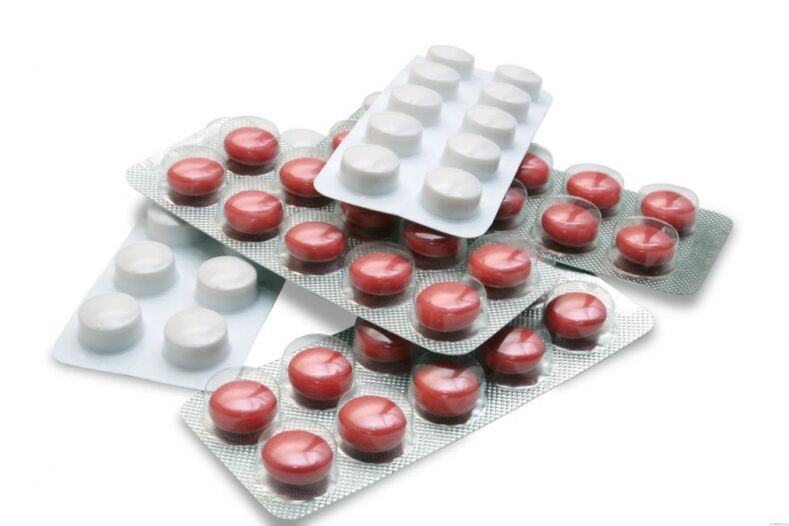Unfortunately, diseases like type 2 diabetes affect more and more people every year. In terms of mortality, it ranks second after oncology. The danger of this disease lies not only in rising glucose levels, but also in the failure of almost all bodily functions.
"Sweet" disease is not cured, can only minimize the risk of complications and avoid insulin-dependent diabetes. To normalize blood sugar levels, endocrinologists primarily prescribe a low-carb diet and regular exercise therapy. Diet and nutritional therapy for type 2 diabetes have proven to be the primary and primary treatment.
If the desired effect cannot be achieved with the help of dietary therapy, hypoglycemic drugs should be started. It is also necessary to monitor blood counts at home with a blood glucose meter.
Causes and symptoms

Diabetes refers to a disorder of the endocrine system, when sugar levels in the blood keep rising. This is due to the reduced sensitivity of cells and tissues to the hormone insulin, which is produced by the pancreas.
Remarkably, the body produces sufficient amounts of this hormone, but cells do not react to it. This condition is called insulin resistance.
There is no single and specific cause of type 2 diabetes, but doctors have identified risk factors, one of which is age 40. It is at this age that DM is often diagnosed. But that doesn't mean the disease has progressed dramatically. Most likely, the patient simply ignored the symptoms of prediabetes for years, leaving the body exhausted.
Signs of SD:
- Thirsty;
- dry mouth;
- Wounds and scrapes heal slowly;
- Frequent urges to go to the toilet;
- rapid fatigue;
- drowsiness.
If at least one symptom is present, it is advisable to see an endocrinologist for analysis to rule out or confirm the presence of disease. Diagnosis is very simple - venous and capillary blood delivery. If you know the symptoms and treatment will be effective.
Diabetes is more common in people who:
- over 40 years old;
- Abdominal overweight;
- Malnutrition, when the diet is dominated by light carbohydrates (sweet foods, flour products);
- A sedentary lifestyle without proper physical activity;
- hypertension;
- Whether there is diabetes in a close relative.
In the treatment of "sweet" diseases, strict adherence to a diet aimed at lowering blood sugar is necessary.
diet therapy

>A properly formulated therapeutic diet, coupled with moderate physical activity, will be the primary treatment for diabetes. One of the main rules is don't starve, don't overeat. The number of meals is six times a day. Last dinner at least a few hours before bedtime.
Type 2 diabetes Diet and nutritional therapy can stabilize blood sugar levels. Half of your daily diet should be vegetables. Additionally, the daily menu must include grains, fruit, meat or fish and dairy.
Diabetic patients' bodies are deficient in vitamins and minerals. This is due to the failure of metabolic processes, not just the endocrine system. That's why a balanced diet is so important.
The main principles of diet can be distinguished from the above:
- Small meals, six times a day;
- Minimum fluid intake - two liters;
- Don't starve, don't overeat;
- Dinner should be light, and it's worth limiting yourself to a glass of fermented dairy or 150 grams of cottage cheese;
- Breakfast should include fruit;
- When preparing vegetable dishes, use only seasonal products;
- Select products based on GI.
All diabetic foods should have a low glycemic index. Endocrinologists adhere to this indicator when compiling dietary regimens.
In addition to adhering to nutritional principles, don't forget the allowed heat treatment, which is designed to reduce bad cholesterol in dishes.
It can be cooked by:
- boil;
- a couple;
- in a microwave oven;
- bake in the oven;
- in a multipurpose pot;
- Stew, with a small amount of vegetable oil.
It is necessary to study the concept of GI individually and learn how to shape the diet on your own based on personal taste preferences.
After all, the product selection for diabetics is quite extensive, allowing you to cook up many healthy dishes.
GI of Diet Therapy Products

The glycemic index is a measure that reflects the effect of a food on raising blood sugar levels after consumption. Low GI products contain complex and digestible carbohydrates that are not only necessary for the patient, but also keep him full for a long time.
People with diabetes need to choose from those food groups that have a low GI. Foods with average indicators should only appear in the diet occasionally, no more than twice a week. High GI products are able to raise glucose levels to 4 mmol/l in a relatively short period of time.
The glycemic index of foods is divided into three categories. But in addition to this number, you also need to pay attention to the calorie content of the food. So, there are foods that have zero value but are also high in bad cholesterol and calories.
Bright will eat fat, no carbs, 0 units, but definitely contraindicated in diabetics. Gastrointestinal:
- 0 - 50 units - low;
- 50 - 69 units - medium;
- Over 70 units - high.
There is a special product table with an index to make it easier for patients to create menus for themselves. Some products after heat treatment can significantly increase this index - these are beets and carrots. Raw they are allowed, but boiled under the ban.
A therapeutic diet allows you to cook dishes with these vegetables:
- onion;
- Various cabbage - white and red, Brussels sprouts, cauliflower, broccoli;
- garlic;
- eggplant;
- tomato;
- skewers and asparagus beans;
- lentils;
- pea;
- squash;
- cucumber.

Many people are used to having potatoes on the table. But for the "sweet" disease, it's better to reject it because of its high GI. In rare cases, when tubers are still decided to be used, they should be pre-soaked in water overnight. So you can get rid of the starch and lower the index slightly.
Vegetables for diabetics are a source of vitamins, trace elements and fiber. Not only do they prepare fresh salads, but also side dishes and complex dishes. Green vegetables (spinach, lettuce, oregano, basil, dill, and parsley) are allowed to diversify the flavor qualities.
Fruits are an equally important part of the diet. The allowable standard should not exceed 150 - 200 grams per day. Fruit, even with a low index, cannot be juiced. With this treatment, they lose fiber and glucose quickly enters the bloodstream.
When dieting, the following fruits and berries are allowed:
- cherry;
- apricot;
- pear;
- nectarine;
- persimmon;
- black and red currants;
- Various citrus fruits - oranges, lemons, grapefruits, tangerines, grapefruits and limes;
- gooseberry;
- sweet cherries;
- Peach.
There are many valuable substances in dried fruit, no more than 50 grams per day. Dried fruits are great additions to grains to create complete food dishes. Low GI dried fruits - dried apricots, plums and figs.
Meat, offal, fish and seafood are also part of the daily menu. At the same time, fish should be present in the diet at least 3 times a week. Choose lean meats and fish. Removes skin and fatty residues, in which there are no vitamins, only bad cholesterol.
Endocrinologists recommend the following products:
- chicken;
- rabbit;
- turkey;
- beef;
- quail;
- chicken liver;
- beef liver;
- beef tongue;
- Cow Lungs.
There is no limit to the selection of seafood. From fish, you can choose from pollock, cod, pike or sea bass.
Grains are a source of energy and therefore provide satiety for a long time. Some of them have high GI, especially white rice. Its replacement would be brown rice (brown rice), which has a GI of 50 units. Cooking takes longer - about 45 minutes.
Barley, considered the most valuable grain, has a GI of only 22 units. Other types of grains are also allowed:
- barley grits;
- Buckwheat;
- oatmeal;
- Wheat porridge.
By the way, the thicker the porridge, the lower its index.
There are few restrictions on dairy and yogurt products. All of these are based on the fat content of the product. Therefore, it is reasonable to reject sour cream, margarine, and butter.
medical treatement

If the desired effect cannot be achieved with the help of dietary therapy, doctors are forced to prescribe hypoglycemic drugs. Their options in the pharmaceutical market are extensive.
Self-medication is prohibited, as all pills have their side effects. Considering the patient's physical characteristics and disease course, only an endocrinologist can choose the appropriate drug for a patient.
The purpose of hypoglycemic drugs is to stimulate pancreatic cells to increase production of the hormone insulin to the desired amount in the blood.
If the blood glucose level cannot be normalized in this condition, the therapy consists of several sets of blood sugar-lowering pills.
Additional measures

In the presence of type 2 diabetes, treatment should include feasible physical activity. This is an excellent compensation for high sugar levels.
That is, when exercising in the body, all metabolic processes are accelerated, and the absorption of glucose is also accelerated.
You should spend at least half an hour a day studying this class. If you can't practice every day, then at least you need to walk in fresh air for forty minutes.
You can choose from the following types of physical activity for people with type 2 diabetes:
- yoga;
- Nordic walking;
- exercise walking;
- Run;
- ride a bike;
- swim.
If one wants to study at home, there are many video lessons on the internet specifically for people with diabetes.
If training is done away from home and you feel hungry after training, make an extra meal—a snack. An ideal choice is 50 grams of nuts, which are rich in nutrient-dense protein, low in GI, and completely resistant to appetite. Just don't exceed the allowable daily intake as such products are high in calories.
Taken together, it can be concluded that there are only two rules for minimizing the manifestations of diabetes: following the principles of dietary management of diabetes and regular exercise.














































































